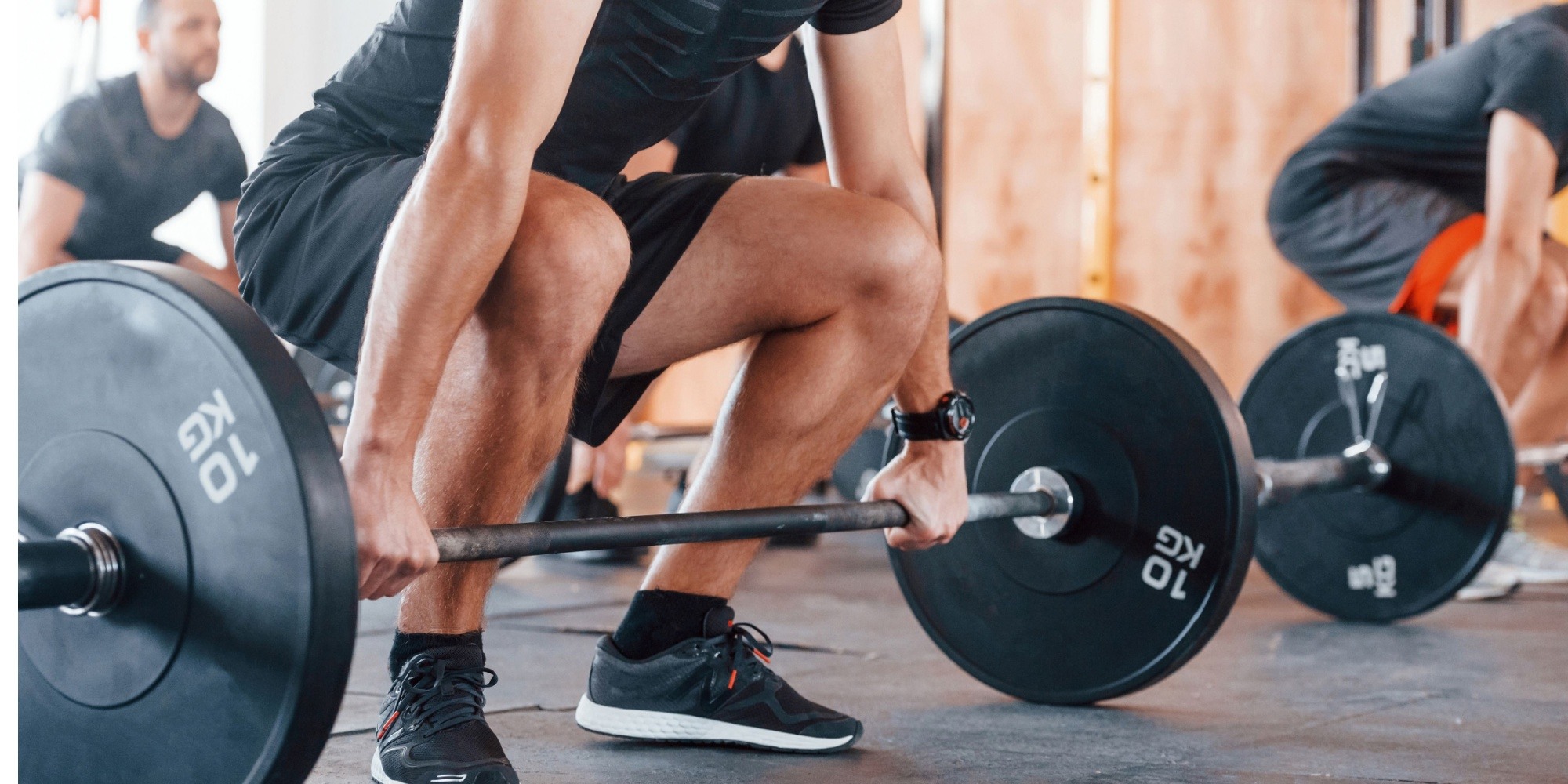Understanding Why Lifting Weights is Better for Fat Loss Than Cardio
Oct 25, 2024 mindpumpWhen people think of fat loss they generally think of some form of aerobic cardio. While yes, generally speaking, doing some form of cardio will burn more calories per unit of time, it is ironically not the best method for fat loss. This includes physiological and psychological reasons.
Muscle Builds Your Metabolism
The most important point is the more muscle we have on our bodies, the more calories we burn at rest. Cardio does not do this. In fact, cardio has the opposite effect. The more cardio you do, the more efficient your body gets at burning calories, and the less you burn for the same amount of time. Also, after you are done, there’s no extra consistent calorie burning in your normal day to day like from having more muscle. Muscle is calorically expensive to have, therefore, it requires more calories to burn. In a calorie deficit more specifically, your body wants to preserve as much fat as possible, so when cardio is introduced excessively, your body will eventually try to hold onto as much of it as possible and instead pare down muscle because it is so calorically expensive.
Excessive Post-Exercise Oxygen Consumption
After you do intense bouts of exercise, there is what is called EPOC. This means, after you do HIIT cardio, or intense lifting, you burn the calories during the exercise, then for a couple hours after your body continues to burn even more calories to catch up to the intense level of demand that was placed on the body. While HIIT cardio does provide this too, it doesn’t provide a strong enough stimulus to retain muscle, so again lifting weights takes priority. That’s not to say HIIT can’t be used as a tool. It can be an excellent tool towards the end of the diet, or if you are tight on time. The beauty of resistance training is that post-exercise time is used to help build and regrow muscle.
Hormonal Changes
The other positive with resistance training is that it creates increases in hormone production such as testosterone and growth hormone. These are pivotal for muscle growth. It will also improve insulin sensitivity, allowing your nutrients to be better shuttled to muscle repair and not stored as fat. Lifting weights essentially makes your body more metabolically flexible than cardio, allowing you to absorb everything you eat in a much more efficient manner.
The Limits of Cardio
As mentioned before, the body adapts very quickly to cardio (especially in a deficit). The same workout will burn fewer calories as you do it more often. This can be counterproductive and lead to diminishing returns. It also sends a signal to burn through more muscle as cardio is not a strong stimulus for muscle retention. This can lead to you losing weight, but not necessarily lead to a lower body fat percentage, leaving you a smaller version of your previous self with no muscle tone.
Lifting weights allows for better body recomposition. What this means is that the scale may never move because you are putting on muscle and burning fat at the same time. This is another reason the scale isn’t the most reliable metric, especially if you are new to lifting. As long as your strength is going up in the gym, you can trust you are likely in a sweet spot of burning fat and growing muscle. One other thing to look out for during this is you should notice better shape and “tone” to your muscles than before.
The great thing about lifting weights and adding muscle is it ultimately allows for more dietary flexibility. The more muscle you have, the more calories you can consume, which means the more wiggle room you have to eat more foods. It allows for a much more enjoyable and sustainable approach. Make sure you are eating enough protein to build or retain muscle (1 gram per pound of bodyweight).







